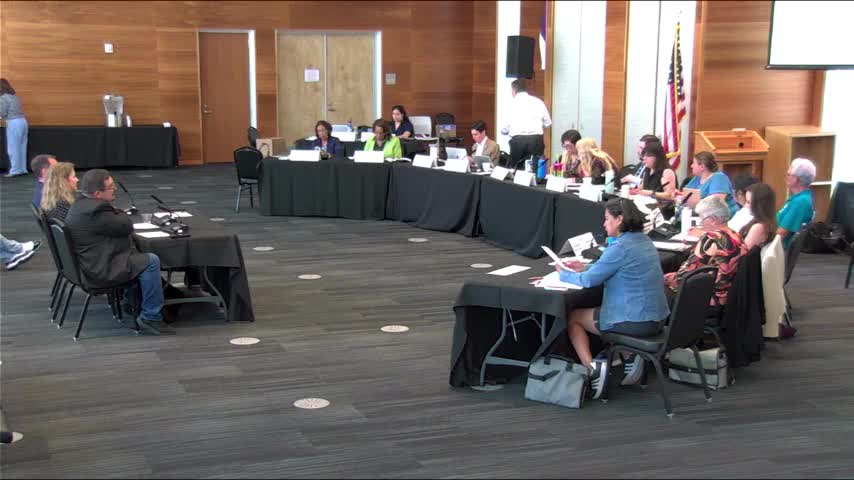Healthcare Committee Discusses Internship Funding to Address Provider Shortages
July 21, 2025 | Legislative Health & Human Services, Interim, Committees, Legislative, New Mexico
This article was created by AI summarizing key points discussed. AI makes mistakes, so for full details and context, please refer to the video of the full meeting. Please report any errors so we can fix them. Report an error »

In a recent meeting of the Legislative Health and Human Services Committee, New Mexico lawmakers confronted pressing challenges in the state's healthcare system, particularly the impact of federal funding cuts and a shortage of healthcare providers. The atmosphere was charged with urgency as committee members discussed innovative strategies to address these issues, emphasizing the need for collaboration between public and private sectors.
One key point raised was the potential to repurpose funds from vacant healthcare positions to support internship programs. A committee member highlighted a successful past initiative where unutilized salary funds were redirected to create internship opportunities, resulting in a surge of applicants for healthcare roles in rural communities. This approach not only filled vacancies but also fostered a deeper connection between new healthcare professionals and the communities they served.
However, the discussion revealed a significant hurdle: convincing business leaders of the financial benefits of investing in healthcare internships. The committee acknowledged that while the clinical advantages are clear, the economic rationale may be more challenging to communicate, particularly in light of current revenue losses faced by federally qualified health centers.
In addition to workforce concerns, the committee also focused on the importance of youth health initiatives. Vice Chair Lopez praised the Department of Health's Office of School and Adolescent Health, calling it a "gem" that requires sustained funding and support. He emphasized the value of insights gathered from youth focus groups, which provide critical perspectives on the health needs and priorities of younger generations. Lopez urged his colleagues to leverage this information to inform legislative actions, recognizing that understanding the experiences of youth is essential for effective policymaking.
As the meeting concluded, it was clear that New Mexico's healthcare landscape is at a crossroads. The committee's discussions underscored the necessity for innovative solutions and collaborative efforts to ensure that the state's healthcare system can adapt and thrive in the face of ongoing challenges. The path forward will require not only strategic funding but also a commitment to listening to the voices of those most affected by these issues—both healthcare providers and the youth they serve.
One key point raised was the potential to repurpose funds from vacant healthcare positions to support internship programs. A committee member highlighted a successful past initiative where unutilized salary funds were redirected to create internship opportunities, resulting in a surge of applicants for healthcare roles in rural communities. This approach not only filled vacancies but also fostered a deeper connection between new healthcare professionals and the communities they served.
However, the discussion revealed a significant hurdle: convincing business leaders of the financial benefits of investing in healthcare internships. The committee acknowledged that while the clinical advantages are clear, the economic rationale may be more challenging to communicate, particularly in light of current revenue losses faced by federally qualified health centers.
In addition to workforce concerns, the committee also focused on the importance of youth health initiatives. Vice Chair Lopez praised the Department of Health's Office of School and Adolescent Health, calling it a "gem" that requires sustained funding and support. He emphasized the value of insights gathered from youth focus groups, which provide critical perspectives on the health needs and priorities of younger generations. Lopez urged his colleagues to leverage this information to inform legislative actions, recognizing that understanding the experiences of youth is essential for effective policymaking.
As the meeting concluded, it was clear that New Mexico's healthcare landscape is at a crossroads. The committee's discussions underscored the necessity for innovative solutions and collaborative efforts to ensure that the state's healthcare system can adapt and thrive in the face of ongoing challenges. The path forward will require not only strategic funding but also a commitment to listening to the voices of those most affected by these issues—both healthcare providers and the youth they serve.
View full meeting
This article is based on a recent meeting—watch the full video and explore the complete transcript for deeper insights into the discussion.
View full meeting
